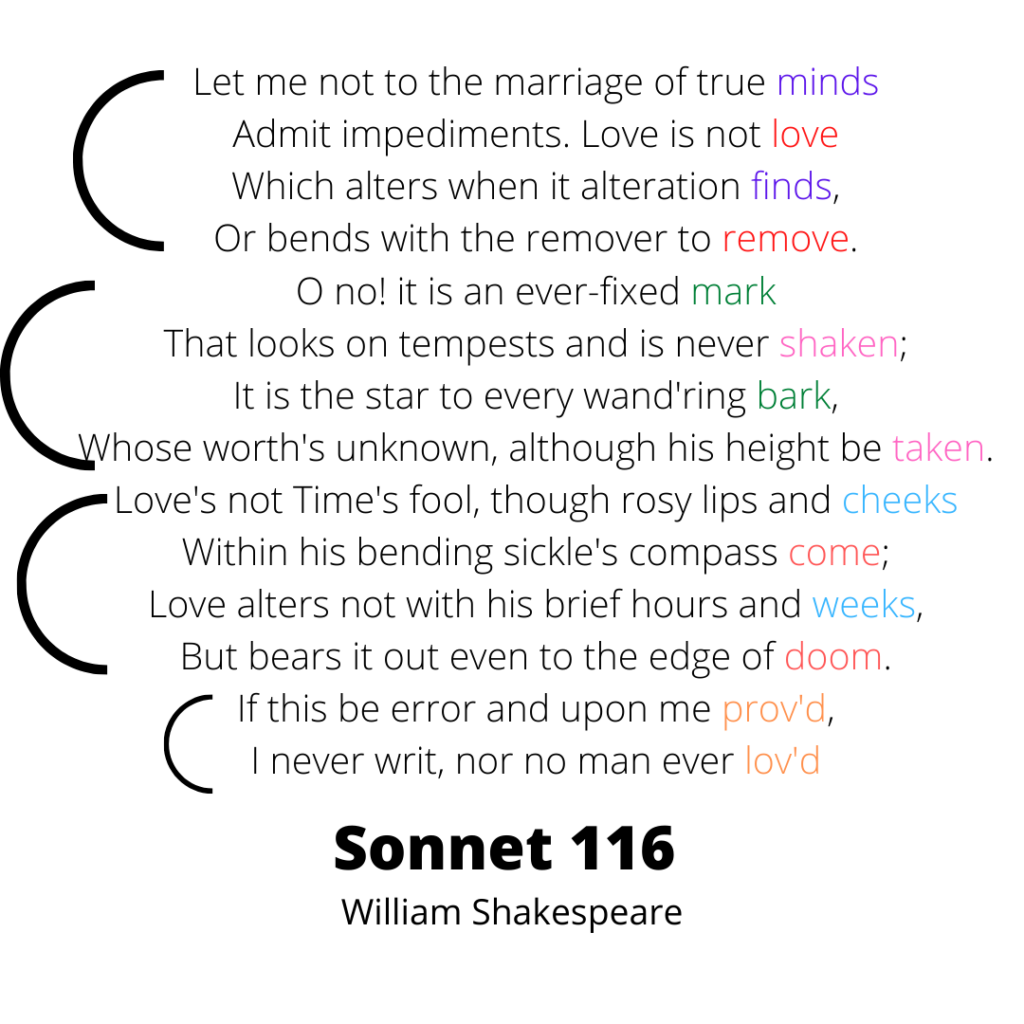
Firstly, the poem’s form, especially its communicative situation, its external form, its metre and rhyme scheme and its rhetorical devices will be examined. In the following, Shakespeare’s Sonnet 130 will be analysed, regarding its form and its content. The conclusion will bring form and content together and verify the working hypothesis of this term paper. Here, special attention is turned on the concept of love and beauty regarding the context of the history of the love sonnet and a short comparison will be drawn between Spenser’s Sonnet 15 and Shakespeare’s Sonnet 130. Subsequently, the content and the theme of the poem will be examined further. In order to do so, firstly, the form of the poem will be analysed. The term paper will examine, in what ways and in how far Shakespeare was influenced by Petrach and how he changes the Petrachan concept of love in sonnet 130. From his collection of 154 sonnets, Sonnet 130 is one of his most famous. Sonnet 130 was written by William Shakespeare in 1609.


“My mistress’ eyes are nothing like the sun” is the first line of Shakespeare sonnet 130, with which this term paper will be concerned. Not only are a great number of his sonnets presumably about a relationship about two man, but also does he write about a ‘Dark Lady’ (Pfister 111). However, Shakespeare uses the Petrarchan conventions in a radically different way. Some of the greatest English poets, like Spenser and Shakespeare wrote sonnets after Petrach’s model.

In his sonnets, Petrarch praises his beautiful, godlike mistress Laura, who is utterly perfect on the inside and on the outside.

The Italian poet Petrach, who is considered the father of the sonnet form, was the first one to invent a concept of love in sonnets that should influence many writers throughout English literature. Love Sonnets have a long tradition in English literature.


 0 kommentar(er)
0 kommentar(er)
